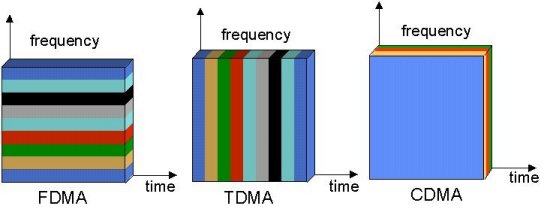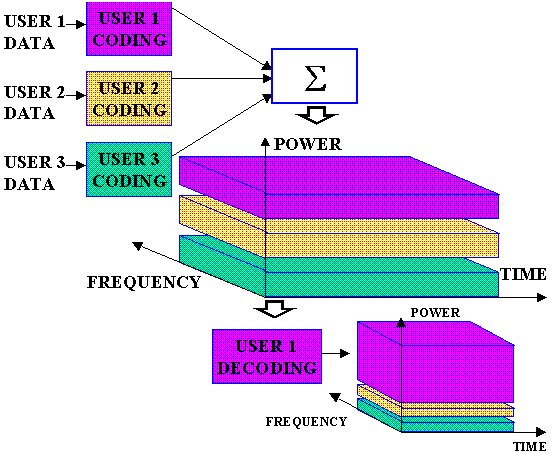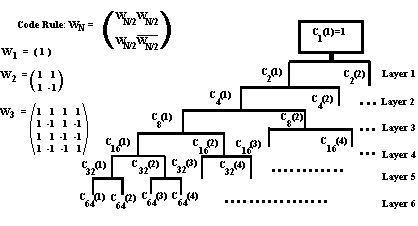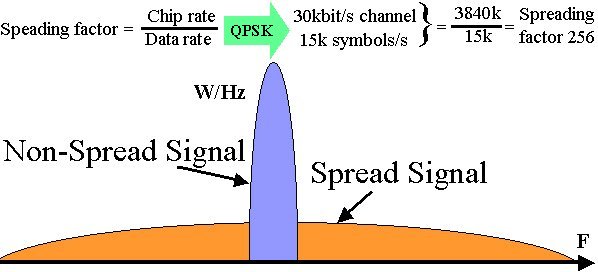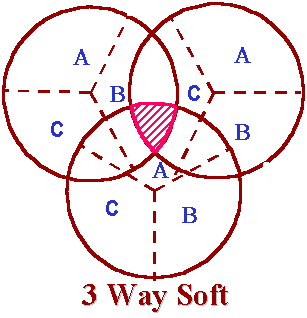Overview
Common Channel Signaling System No. 7 (i.e., SS7 or C7) is a global standard for telecommunications defined by the International Telecommunication Union (ITU) Telecommunication Standardization Sector (ITU-T). The standard defines the procedures and protocol by which network elements in the public switched telephone network (PSTN) exchange information over a digital signaling network to effect wireless (cellular) and wireline call setup, routing and control. The ITU definition of SS7 allows for national variants such as the American National Standards Institute (ANSI) and Bell Communications Research (Telcordia Technologies) standards used in North America and the European Telecommunications Standards Institute (ETSI) standard used in Europe.The SS7 network and protocol are used for:
- basic call setup, management, and tear down
- wireless services such as personal communications services (PCS), wireless roaming, and mobile subscriber authentication
- local number portability (LNP)
- toll-free (800/888) and toll (900) wireline services
- enhanced call features such as call forwarding, calling party name/number display, and three-way calling
- efficient and secure worldwide telecommunications
- Learn about our SS7/IP signaling products.
Signaling Links
SS7 messages are exchanged between network elements over 56 or 64 kilobit per second (kbps) bidirectional channels called signaling links. Signaling occurs out-of-band on dedicated channels rather than in-band on voice channels. Compared to in-band signaling, out-of-band signaling provides:- faster call setup times (compared to in-band signaling using multi-frequency (MF) signaling tones)
- more efficient use of voice circuits
- support for Intelligent Network (IN) services which require signaling to network elements without voice trunks (e.g., database systems)
- improved control over fraudulent network usage
- Save network operating costs by reducing SS7 links.
Signaling Points
Each signaling point in the SS7 network is uniquely identified by a numeric point code. Point codes are carried in signaling messages exchanged between signaling points to identify the source and destination of each message. Each signaling point uses a routing table to select the appropriate signaling path for each message.There are three kinds of signaling points in the SS7 network (Fig. 1):
- SSP (Service Switching Point)
- STP (Signal Transfer Point)
- SCP (Service Control Point)

Network traffic between signaling points may be routed via a packet switch called an STP. An STP routes each incoming message to an outgoing signaling link based on routing information contained in the SS7 message. Because it acts as a network hub, an STP provides improved utilization of the SS7 network by eliminating the need for direct links between signaling points. An STP may perform global title translation, a procedure by which the destination signaling point is determined from digits present in the signaling message (e.g., the dialed 800 number, calling card number, or mobile subscriber identification number). An STP can also act as a "firewall" to screen SS7 messages exchanged with other networks.
Because the SS7 network is critical to call processing, SCPs and STPs are usually deployed in mated pair configurations in separate physical locations to ensure network-wide service in the event of an isolated failure. Links between signaling points are also provisioned in pairs. Traffic is shared across all links in the linkset. If one of the links fails, the signaling traffic is rerouted over another link in the linkset. The SS7 protocol provides both error correction and retransmission capabilities to allow continued service in the event of signaling point or link failures.
- Signaling gateways can be configured as an STP or SEP (Signaling End Point).
SS7 Signaling Link Types
Signaling links are logically organized by link type ("A" through "F") according to their use in the SS7 signaling network.
| A Link: | An
"A" (access) link connects a signaling end point (e.g., an SCP or SSP)
to an STP. Only messages originating from or destined to the signaling
end point are transmitted on an "A" link. |
| B Link: | A
"B" (bridge) link connects an STP to another STP. Typically, a quad of
"B" links interconnect peer (or primary) STPs (e.g., the STPs from one
network to the STPs of another network). The distinction between a "B"
link and a "D" link is rather arbitrary. For this reason, such links
may be referred to as "B/D" links. |
| C Link: | A "C" (cross) link connects STPs performing identical functions into a mated pair.
A "C" link is used only when an STP has no other route available to a
destination signaling point due to link failure(s). Note that SCPs may
also be deployed in pairs to improve reliability; unlike STPs, however,
mated SCPs are not interconnected by signaling links. |
| D Link: | A
"D" (diagonal) link connects a secondary (e.g., local or regional) STP
pair to a primary (e.g., inter-network gateway) STP pair in a quad-link
configuration. Secondary STPs within the same network are connected via
a quad of "D" links. The distinction between a "B" link and a "D" link
is rather arbitrary. For this reason, such links may be referred to as
"B/D" links. |
| E Link: | An
"E" (extended) link connects an SSP to an alternate STP. "E" links
provide an alternate signaling path if an SSP's "home" STP cannot be
reached via an "A" link. "E" links are not usually provisioned unless
the benefit of a marginally higher degree of reliability justifies the
added expense. |
| F Link: | An "F" (fully associated) link connects two signaling end points (i.e., SSPs and SCPs). "F" links are not usually used in networks with STPs. In networks without STPs, "F" links directly connect signaling points. |




